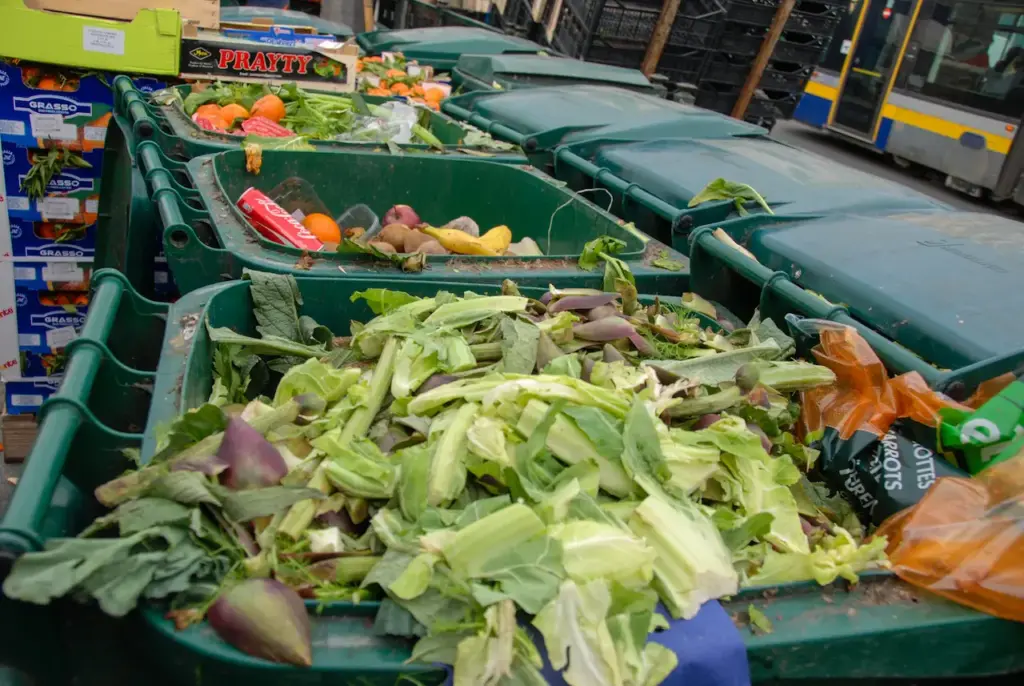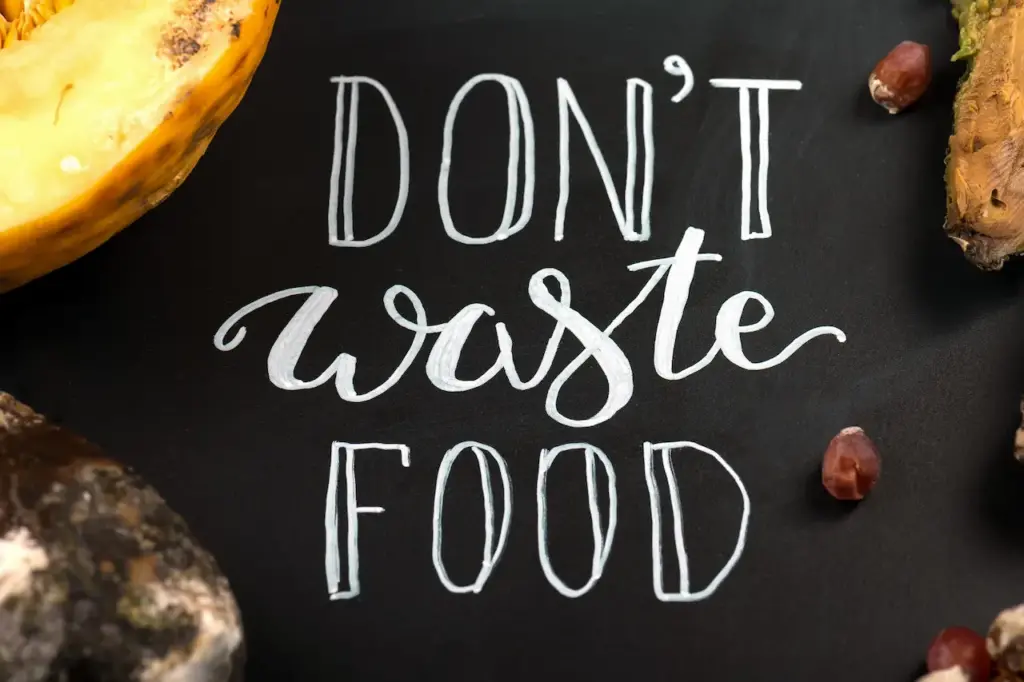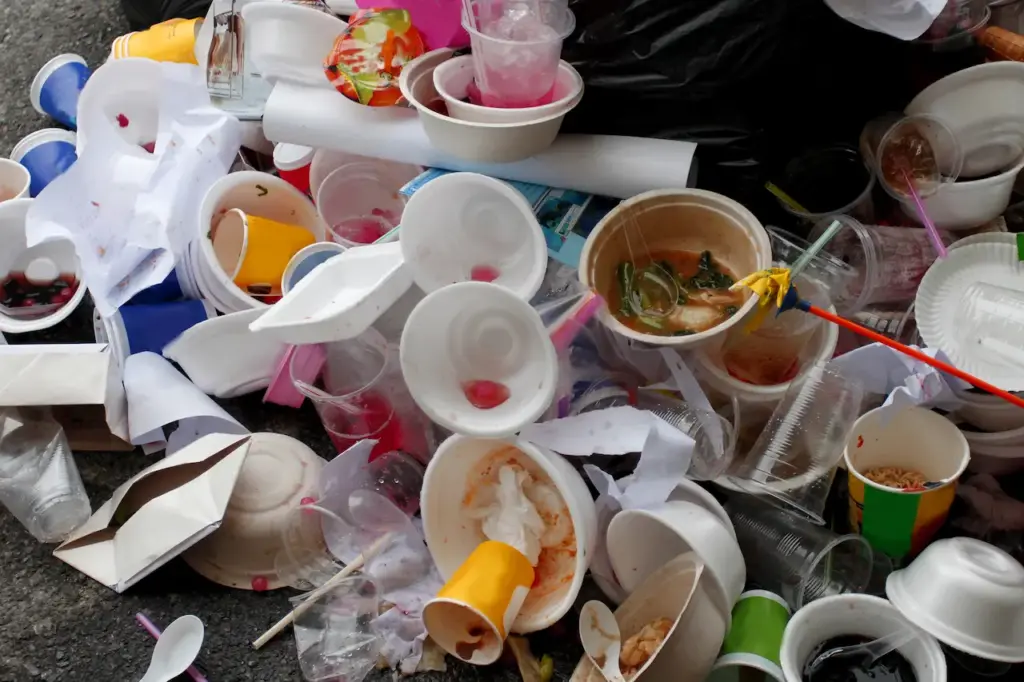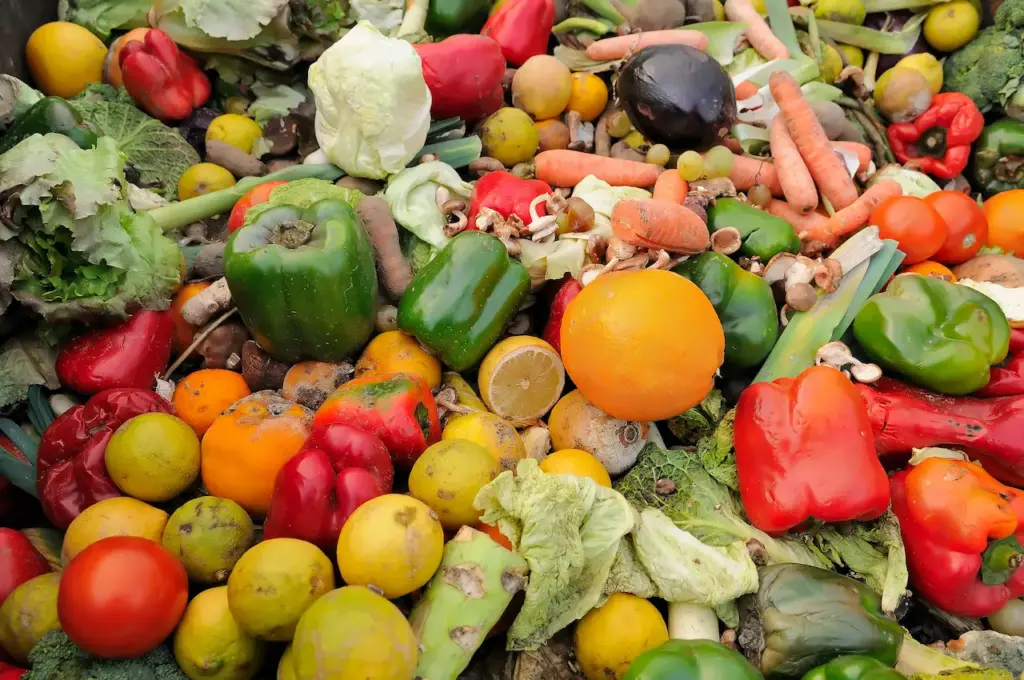Understanding Food Waste
Understanding Food Waste: Pre-Consumer vs. Post-Consumer
In restaurant settings, food waste can come about at two critical stages: pre-consumer and post-consumer. Each type of waste contributes to the environmental and financial costs that restaurants bear. Addressing pre-consumer waste demands attention to kitchen processes, while tackling post-consumer waste requires engaging with customers’ dining habits.

Pre-Consumer Waste
Pre-consumer waste refers to food discarded before it is plated. This includes:
- Spoilage of raw ingredients
- Preparation trimmings
- Errors in cooking
Proper inventory management can reduce spoilage, while training staff in efficient prep techniques can minimise trimmings and cooking mistakes.
Post-Consumer Waste
Post-consumer waste is the food left uneaten by customers. A significant amount can be seen in:
- Portion sizes
- Oversized servings leading to more waste
- Consumer preference – whether certain components of a dish are consumed or discarded
Educating customers on the impact of food waste and offering tailored portion options may encourage a reduction in this kind of waste. Both strategies are essential for reducing the total volume of food waste in the restaurant industry.

Effective Food Storage and Inventory Management
Restaurants play a significant role in managing food waste, which can be reduced with proper storage and inventory practices. Storing food under the correct conditions extends freshness and avoids the growth of harmful bacteria. This includes setting fridges and freezers at the appropriate temperatures and organising food items such that lower-risk foods are kept above those with a higher risk of contamination.
Temperature Control
It’s essential that restaurants maintain their storage areas at the right temperatures:
- Fridges: 1-4°C
- Freezers: below -18°C
- Hot/cold holding: above 63°C or below 8°C
Maintaining the correct temperatures for storing different types of food is vital for both safety and preventing spoilage.
Stock Rotation and FIFO
Implement the FIFO method – place new stock behind the old. This strategy assures that the older supplies are used first, thereby reducing the potential waste of unused food.
Label and Track Inventory
Labelling is vital for managing food stocks. Each item should be marked with allergens, expiration dates, and descriptions:
- Allergens: The presence of any potential allergens.
- Date Information: Best-before and use-by dates.
- Description: Clear identifiers for staff.
This helps staff quickly identify stock and manage items according to their expiration dates, preventing wastage.
Inspect Deliveries
Ensure all new stock is inspected upon delivery for quality. Discard items failing to meet the expected standards or those showing signs of potential spoilage to avoid future waste.
Detailed Inventory Records
A well-maintained stock list is crucial for monitoring expiration dates and managing stock levels. Recording what is stored, where, and its corresponding use-by date avoids overstocking and subsequent wastage.
When ordering commercial kitchen equipment and supplies, you need to consider a lot of things. Proper storage and inventory management can significantly influence a restaurant’s environmental impact and financial bottom line by reducing unnecessary food waste. These measures, coupled with staff training and awareness, form a solid foundation for sustainable food management within the restaurant industry.
Strategic Menu Design to Minimise Waste
A strategic approach to reducing food waste involves assessing portion sizes and providing options that suit varied customer preferences. By optimising their menu design, restaurateurs can come away with fewer leftovers, reducing waste.
Portion Size Guide
Menus that signal portion sizes with phrases such as “serves two” or “ideal for sharing” assist patrons in making informed choices that align with their appetite.
Reducing Portions
Adjusting portions based on popular demand is also effective. For instance, if patron feedback indicates a dish is consistently left unfinished, reducing its size can be beneficial. Additionally, offering varying portion sizes, such as entree and main, caters to different needs and minimises surplus food. It allows individuals or smaller groups to select an amount proportional to their consumption capacity.
Feedback and Awareness
Consultation with service staff can provide insights into which dishes are often returned with uneaten food. By gathering direct feedback, kitchens can adapt their offerings to better align with customer consumption patterns.
Implementing these menu design strategies requires attention to detail and regular review. Restaurants that embrace these practices contribute to the larger objective of waste reduction within the industry.

Innovative Ordering and Supply Chain Management
It’s important to balance supply with demand to minimise excessive stock that could lead to waste. By employing data analytics, management can more accurately predict customer numbers and preferences, allowing for precise ordering. This method relies on historical data, weather patterns, local events, and other variables that affect foot traffic.
Conduct a Food Waste Audit
A key strategy for identifying where waste occurs. By tracking what gets thrown away, management can adjust ordering and preparation practices.
Anticipate Demand
Over-preparation contributes to waste. Using predictive tools helps kitchens prepare the right amount of food, hence reducing excess.
Calculate Inventory Days on Hand
Keeping an eye on stock levels to avoid having too much perishable produce.
Order In-Season
Selecting seasonal produce avoids spoilage, as these items are less likely to go bad before they’re used.
Use Weekly Specials
Strategically craft menu specials that use up ingredients nearing their expiry, promoting creativity in the kitchen as well as responsible usage.
In addition, training staff in sustainable preparation methods helps in minimizing waste. Techniques like using as much of an ingredient as possible and repurposing food trimmings where safe and appropriate can dramatically cut down waste.
By streamlining the supply chain and enhancing inventory practices, restaurants can play a significant role in the reduction of food waste, which has both environmental and economic benefits. This requires a consistent approach to monitoring, ordering, and preparing food.
Want to try some of our favourite recipes? Read: Pressure Cooker Braised Steak
Community Engagement and Food Donation Strategies
Restaurant owners have a significant opportunity to support local communities by donating surplus food. Engaging with local charities and food banks allows restaurants to contribute to food security and strengthen community bonds. Establishing a relationship with these organizations facilitates regular donations of unsold, fresh meals to those in need, which both reduces food waste and assists vulnerable community members.
For food waste not suitable for consumption, composting is a viable option. It converts kitchen scraps into a resource that can benefit community gardens and local farms. This practice demonstrates a restaurant’s commitment to environmental sustainability by repurposing organic waste.
Encouraging customers to take leftovers home by offering ‘doggy bags’ is also an effective method for waste reduction, but be careful to follow local laws and guidelines. Customers taking leftovers home decreases the amount of food thrown away and also provides customers with another meal option, enhancing their dining experience and the establishment’s reputation.
Staff training in waste reduction techniques and proper food handling is essential. Employees become more adept at portion control, storing, and preparing food in ways that limit waste when they are properly trained. Additionally, they become more aware of the environmental and financial impacts of waste, leading to more conscious practices within the restaurant.
Through these strategies, restaurants can actively participate in reducing hunger and waste within their communities, demonstrating leadership and corporate responsibility. If you have food to give, the sacred heart accept food donations so they can cook up for those in need. You can read more here:
https://www.sacredheartmission.org/get-involved/all-ways-to-donate/donate-goods/

Leveraging Technology for Waste Reduction
Restaurant owners are increasingly utilising technology to pinpoint and lessen unnecessary food waste. Point of Sale (POS) systems and inventory management software are key drivers of this initiative. These sophisticated tools offer precise tracking of stock levels and provide valuable data analysis—paving the way for efficient inventory use and reductions in pre-consumer waste.
For example, technology can help identify which menu items are less popular. Armed with this knowledge, establishments can adjust their menu and procurement processes accordingly, thereby decreasing the likelihood of ingredients expiring unused. By analysing consumption patterns, restaurants can also repurpose ingredients effectively, shifting surplus elements into the preparation of soups, stocks, or staff meals, thereby reducing overall waste.
Technological advancements also enable the dynamic adjustment of portion sizes or the suggestion of dishes to patrons based on the availability of the ingredients, which can lead both to minimising waste and catering to an eco-conscious demographic. As millennials show a clear preference for sustainable dining options, restaurants can leverage this trend through technology, making it known that they offer takeout containers for uneaten food and use surplus produce in creative ways.
The integration of such innovations is not merely a green initiative; it offers tangible financial benefits. Reports highlight that effective waste management can reduce operating costs by as much as 30%. In an industry with razor-thin margins, these savings are significant, emphasising the clear return on investment when implementing technology-driven waste reduction strategies.
By harnessing these technological solutions, restaurants can operate more sustainably, appeal to conscientious consumers, and ultimately bolster their bottom line—all by making smarter decisions influenced by accurate, real-time data.
Green Waste in Australia
Green waste refers to biodegradable waste composed of garden or park waste, such as grass or flower cuttings, hedge trimmings, and tree branches. In Australia, green waste is a significant component of the overall waste stream. Each year, Australia produces millions of tonnes of green waste. In 2018-19, it was estimated that Australian households and businesses generated over 15 million tonnes of organic waste, with green waste making up a substantial portion of this figure.
Despite the large quantities generated, green waste presents an opportunity for resource recovery and environmental sustainability. Composting at home when caring for your garden is one of the most effective methods for managing green waste, transforming it into valuable compost that can enrich soil and support agriculture and gardening. However, a considerable amount of green waste still ends up in landfills, contributing to methane emissions, a potent greenhouse gas.
Efforts are underway to improve the management of green waste in Australia. Local councils are increasingly providing green waste collection services and encouraging residents to compost at home. Additionally, commercial composting facilities are expanding, offering businesses and municipalities more options for recycling organic waste. When you are in need of garden green waste removal, you should take into account the above.
The proper management of green waste not only helps reduce landfill usage and greenhouse gas emissions but also supports a circular economy by returning valuable nutrients to the soil. By prioritising green waste recycling, Australia can make significant strides toward its sustainability goals and reduce its environmental footprint.
Addressing Food Waste in Restaurants
If you own a restaurant or cafe, there is every chance you know the sinking feeling of having to scrape great food into bins after service. Food waste is a significant issue within the restaurant industry that hurts in more ways than one. Australian food service businesses produce over 250,000 tonnes of waste each year, which equates to roughly 400,000 tonnes of greenhouse gases annually (measured in carbon dioxide equivalents). These startling figures highlight the urgent need for sustainable practices in the culinary sector for both environmental reasons and from a business perspective.
As food costs continue to rise, reducing waste can lead directly to improved financial performance. For every meal served in cafes and restaurants, an average of 120 grams of waste is discarded, which is equivalent to half a muffin or a small steak. This represents a loss of valuable resources and indicates a potential area for cost saving.
Addressing food waste reduction within restaurants involves a blend of practical steps and broader strategies. It requires a consideration of the entire food preparation and service process, from purchasing and inventory management to portion control and customer engagement. By implementing effective waste reduction methods, businesses can contribute towards environmental sustainability while simultaneously enhancing profitability. This article aims to demonstrate how to reduce food waste in restaurants and cafes with practical steps and systems.
Enjoying our article? Read more: The 12 Best Knife Sets
Food Waste Management in Australia
Food waste in Australia is managed through a variety of practices that prioritise waste avoidance and resource recovery. The waste hierarchy in Australia favours food waste avoidance over other practices like recycling, reprocessing, and energy recovery. This approach is in line with the goal set by the National Food Waste Strategy to halve Australia’s food waste by 2030 (DCCEEW).
To facilitate this, initiatives such as Stop Food Waste Australia have been established to deliver on the strategy’s targets. Additionally, some regions have piloted programs to convert food waste from commercial kitchens into compost or fertiliser, contributing to a circular economy approach and reducing the overall environmental impact of food waste.
Every step restaurant owners take, from actively monitoring ingredients to encouraging smaller portion sizes, contributes to the goal of making food waste reduction a piece of cake for the environment and their business.
Through these strategies, restaurants can actively participate in reducing hunger and waste within their communities, demonstrating leadership and corporate responsibility.
